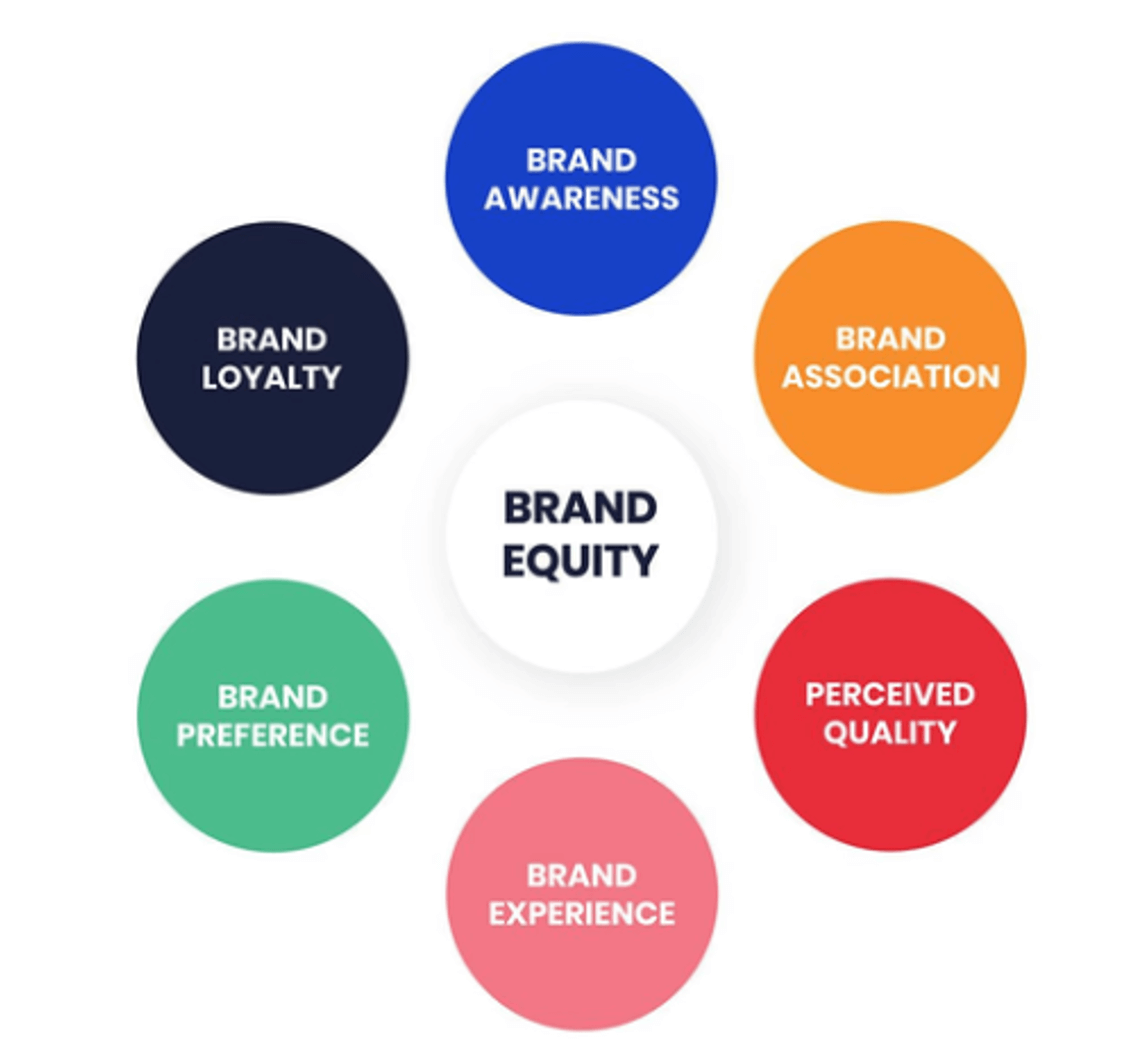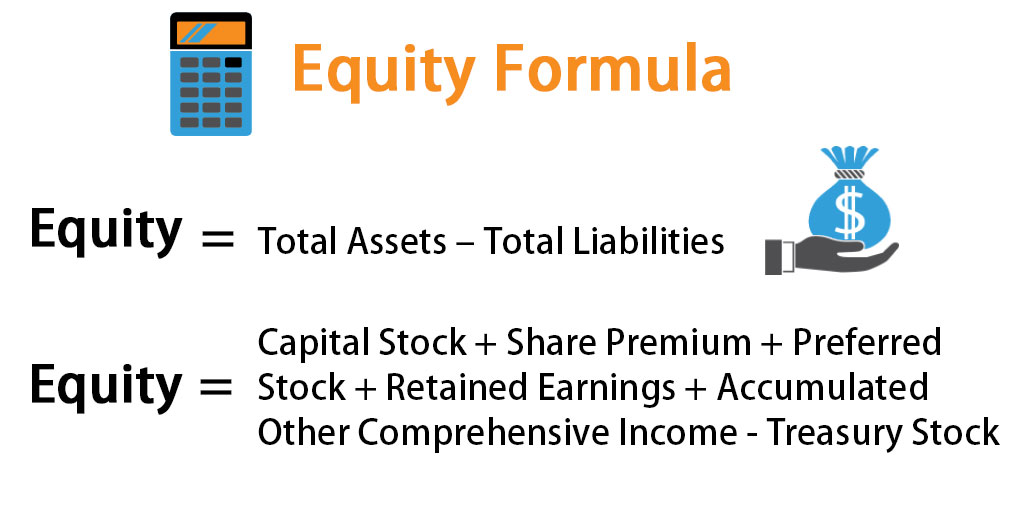Brand Management: Building and Sustaining Brand Equity

Introduction to Brand Management:
Brand management is a strategic process that involves creating, maintaining, and enhancing the perception of a brand in the minds of consumers. It encompasses various activities aimed at building brand awareness, fostering positive brand associations, and ultimately driving brand loyalty and equity.
Definition of a Brand:

- A brand is more than just a logo or a name; it represents the collective perception, emotions, and experiences associated with a product, service, or company.
- Brands convey a promise of quality, consistency, and value to consumers, distinguishing them from competitors in the marketplace.
- Example: Coca-Cola is not just a beverage; it's a globally recognized brand synonymous with happiness, refreshment, and iconic advertising campaigns.
- Brand management involves strategically managing all aspects of a brand's identity, image, and communication to create positive brand experiences and perceptions.
- It includes activities such as brand positioning, brand identity development, brand messaging, brand architecture, and brand extension.
- Example: Nike's brand management strategy focuses on promoting a lifestyle of athleticism, empowerment, and performance through its iconic "Just Do It" slogan, celebrity endorsements, and innovative product designs.
- Brand equity refers to the commercial value and strength of a brand based on the perceptions and associations that consumers have with it. It is a Value created around a Product that can either be positive or negative.
- It represents the premium that consumers are willing to pay for a branded product or service over a generic or unbranded alternative.
- Example: Apple's brand equity is built on a reputation for innovation, design excellence, and user experience, allowing the company to command premium prices for its products compared to competitors.
- Consistent Brand Identity: Establishing a clear and consistent brand identity across all touchpoints, including logo, colors, typography, and messaging.
- Emotional Connection: Creating emotional connections with consumers through storytelling, brand experiences, and values alignment.
- Product Quality and Innovation: Delivering high-quality products or services and consistently innovating to meet evolving consumer needs and preferences.
- Brand Associations: Cultivating positive brand associations through marketing campaigns, sponsorships, endorsements, and customer testimonials.
- Example: Starbucks has built strong brand equity by offering high-quality coffee, creating a cozy and welcoming atmosphere in its stores, and fostering a sense of community among its customers.
How is Brand Equity Calculated

Brand equity is a measure of the value and strength of a brand, representing the premium that consumers are willing to pay for a branded product or service over a generic or unbranded alternative. While there isn't a single formula to calculate brand equity, it typically involves assessing various components such as brand awareness, brand perception, brand loyalty, and brand associations. Here's a simplified example of how brand equity can be calculated:
Brand Awareness:
- Measure: Conduct surveys or analyze market research data to determine the level of brand awareness among target consumers. This can include metrics such as aided and unaided brand recall, brand recognition, and brand recall in specific product categories.
- Example: Let's say a company, XYZ Electronics, conducts a survey to assess brand awareness for its flagship smartphone brand, XYZPhone. The survey reveals that 80% of respondents recognize the XYZPhone brand when prompted with a list of smartphone brands.
Brand Perception:
- Measure: Evaluate consumer perceptions of the brand in terms of attributes such as quality, reliability, innovation, and value for money. This can be done through qualitative research, customer feedback, and online reviews.
- Example: Continuing with the example of XYZPhone, the company analyzes customer reviews and feedback on social media platforms and discovers that consumers perceive XYZPhone as a high-quality, innovative, and user-friendly smartphone brand.
- Measure: Assess the level of customer loyalty and repeat purchase behavior associated with the brand. This can include metrics such as customer retention rates, purchase frequency, and customer lifetime value.
- Example: XYZ Electronics analyzes its customer database and finds that 60% of XYZPhone owners are repeat customers who have purchased multiple XYZPhone models over the years, indicating a high level of brand loyalty.
- Measure: Identify the specific brand associations or attributes that consumers associate with the brand. This can involve qualitative research, brand perception surveys, and analyzing consumer sentiment.
- Example: Through market research, XYZ Electronics discovers that consumers associate XYZPhone with attributes such as cutting-edge technology, sleek design, and superior camera capabilities, which positively impact brand perception and loyalty.
- Measure: Quantify the financial value of the brand by estimating the potential revenue and profit attributable to the brand compared to generic or unbranded alternatives. This can involve financial modeling, brand valuation techniques, and benchmarking against competitors.
- Example: Using sales data and market share information, XYZ Electronics estimates that XYZPhone commands a price premium of 20% compared to similar smartphones from generic brands. Based on this premium and projected sales volumes, the company calculates the financial value of the XYZPhone brand.

Presenting the explanation of brand equity calculation in a table format:
| Component | Measure | Example |
|---|---|---|
| Brand Awareness | Survey, market research data | 80% recognition of XYZPhone brand |
| Brand Perception | Customer feedback, online reviews | Perceived as high-quality, innovative |
| Brand Loyalty | Customer retention rates, purchase frequency | 60% repeat purchase rate for XYZPhone |
| Brand Associations | Market research, sentiment analysis | Associated with cutting-edge technology |
| Financial Value | Sales data, brand valuation techniques | 20% price premium for XYZPhone |
This table provides a structured overview of the components involved in calculating brand equity, along with examples for each component. It allows for a clear comparison and understanding of the different aspects contributing to the overall measurement of brand equity.
Sustaining Brand Equity:
- Continuous Brand Monitoring: Regularly monitoring consumer perceptions, market trends, and competitor activities to identify potential threats or opportunities.
- Brand Reinforcement: Reinforcing brand values, messaging, and associations through ongoing marketing initiatives, product launches, and brand experiences.
- Brand Extension: Leveraging the equity of an established brand to introduce new products or expand into new markets, while ensuring alignment with core brand values.
- Example: Disney has sustained its brand equity over decades by consistently delivering magical storytelling experiences across various media platforms, theme parks, merchandise, and entertainment properties.
Conclusion:
Brand management is a dynamic and multifaceted discipline that plays a crucial role in shaping consumer perceptions, driving purchase decisions, and building long-term brand loyalty and equity. By understanding the fundamentals of brand management and implementing effective strategies, businesses can create strong, resilient brands that stand the test of time and thrive in competitive markets.
Comments
Post a Comment